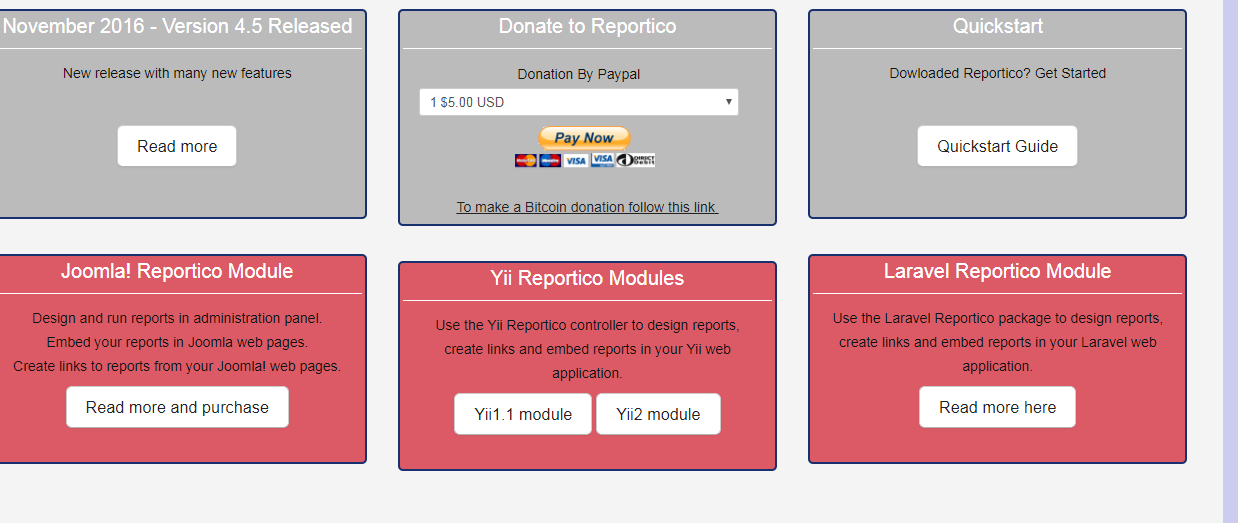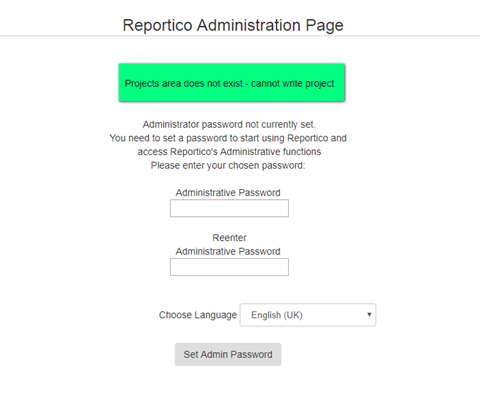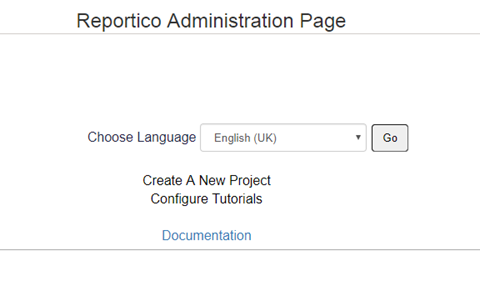/*********************** (C) COPYLEFT 2010 Leafgrass *************************/
This project runs on uC/OS-II V2.52 and is based on STM32F103RBT6(ARM Cortex-M3 Core)
Take care of the configuration of project. There're some Include Paths while linking which cannot be modified.
Procedure of driving a device(IMPORTANT!!!):
1.Connect hardware correctly.
2.Prepare DEVICE_NAME.h and DEVICE_NAME.c.
3.Enable clock of related components.
4.Enable related interrupt while configure NVIC.
5.Configure related IO pins.
6.Finish test code and begin testing.
2010-06-10( original ):
Sucessfully port uCOS-II V2.52.
2010-06-11:
Add code "SysTick_CounterCmd(SysTick_Counter_Enable);" in SysTick_Configuration(), solve the problem that the program can't get into
SysTickHandler(), as below:
/*******************************************************************************
* Function Name : SysTick_Config
* Description : Configures SysTick
* Input : None
* Output : None
* Return : None
*******************************************************************************/
void SysTick_Configuration(void)
{
NVIC_SystemHandlerPriorityConfig(SystemHandler_SysTick, 0, 1);
/* Configure HCLK clock as SysTick clock source */
SysTick_CLKSourceConfig(SysTick_CLKSource_HCLK_Div8);
/* SysTick interrupt each 1000 Hz with HCLK equal to 72MHz */
SysTick_SetReload(9000);
/* Enable the SysTick Interrupt */
SysTick_ITConfig(ENABLE);
SysTick_CounterCmd(SysTick_Counter_Enable); //Important!! Solve "the program can't get into SysTickHandler()!!
}
2010-06-12( updates to V1.0 ):
1. Add EXTI8, EXTI9 on PC8, PC9, only for EXTI test.
2. Modify some comments in LCD5110_lib.
3. (in main.c) Modifiy tasks' priority LED_TASK_Prio 1 -> 5 START_TASK_Prio 2 -> 10
4. (in main.c) Modify code "OSTaskDel(START_TASK_Prio);" to "OSTaskSuspend(START_TASK_Prio);"
2010-07-13
1.Drive LTM022A69B LCD ok. Just use I/O to imitate SPI. Still cannot use internal SPI to drive it.
2.Move LCD library of LTM022A69B into "LCD_lib.c".
2010-07-15:
Add color bar display in LCD_test().
2010-07-16( updates to V1.1 ):
1.Solve problem about position error and color error, when display a set of 16-bit color data. Mainly resulted from CPU type,
big endian or little endian. STM32F103RBT6 is little endian while in default set.
2.Add Draw_img();
3.Add colorful characters and strings, add parameters about colors in display functions.(colors are defined in LTM022A69B.h)
2010-07-17:
1.Add comments in LCD_Init().
2.Add parameter "color" to function Draw_dot().
3.Add function SetCursor().
4.Unify LCD related functions' name. Add prefix "LCD_".
2010-07-19:
Modify data type in LCD_Lib. normal --> const. At one time, modify the pointers type to const.
2010-07-20:
1.Correct the error that OSTimeDlyHMSM() can't delay an accurate time, by modifying SysTick_Configuration() to get an correct
clock frequency.
2010-07-31:
Add STM32_Init.c but is not referenced, for future use of Configuration Wizard.
2010-08-01:
Configure SPI ok, and do some test(SPI2 tx -> SPI1 rx, display on LCD).
2010-08-03:
1.Add SPI test code in main.c, SPI2 send data, SPI1 receive data , display info on LCD, use soft SPI.
2.Add exported macro "USESPI" to choose if use SPI to drive LCD or not.
3.After several days researching about hard SPI to drive LCD, failed. So switch to use a faster GPIO method, as below:
Replace "#define LCD_RST_H() GPIO_SetBits(LCD_CTRL_PORT, LCD_RST)" in ST library
with "#define LCD_RST_H() ( LCD_CTRL_PORT->BSRR = LCD_RST )"
for a faster LCD refresh speed.
4.Modify name "LCD_SCI" to "LCD_SI", 'cause it means Serial Interface.
5.Modify function name "LCD_test()" to "LCD_Test()".
2010-08-06:
Comment off "typedef enum {FALSE = 0, TRUE = !FALSE} bool;" in stm32f10x.type.h in order to avoid warning.
2010-08-09:
Prepare to update to v2.0.
2010-08-10( Update to v2.0, use ST's FWLib3.1.2 ):
1. Set project(Keil RealView MDK).
(1) RO memory area : IROM1 -- start at 0x08000000, size 0x20000.
(2) RW memory area : IRAM1 -- start at 0x20000000, size 0x5000.
(3) Output setup.
(4) Listing setup, no assembler list.
(5) C/C++ setup.
Preprocessor Symbols : Define -- USE_STDPERIPH_DRIVER, STM32F10X_MD.
Include Paths : ..\;
..\..\Libraries\CMSIS\Core\CM3;
..\..\Libraries\STM32F10x_StdPeriph_Driver\inc;
..\..\App;
..\..\Driver;
..\..\OS;
..\..\OS\port
(6) Linker, Use memory layout from target dialog.
(7) Debug and Utilities, Cortex-M/R J-Link/J-Trace. Disable Trace.
2. Modify code in "includes.h".
3. Modify startup code, did not use the st original one. Port those used in FWLib2.0 instead.
Of course, some code are revised for FWLib3.1.2(StdPeriph_Driver and CMSIS).
Mainly rewrite the names of the ISR.
The most important two are : "PendSV_Handler" and "SysTick_Handler".
---> "OSPendSV" and "SysTick_Handler".
(in "os_cpu_a.asm") (in "stm32f10x_it.c")
4. Modify initial code for SysTick in "SysTick_Configuration()" in "CPU_Init.c" because of the changing of library.
Note : A general problem is that program always go into "B OSStartHang" in "OSStartHighRdy" in "os_cpu_a.asm",
and will die in there... That's caused by program hasn't step into the correct ISR yet.
Enable the SysTick interrupt, check if the name of Interrupt Service Routines are right, then all will be OK.
5. Still some problem with retargeting "printf()". If use "printf()" in program, system wouldn't run.
6. Change Project name to "RTOS_STM32".
2010-08-11( Update to v2.1, use ST's FWLib3.3.0 ):
1. Modify Include Path in Target Options.
2. Comment "typedef enum {FALSE = 0, TRUE = !FALSE} bool;" off in order to avoid error:
"..\stm32f10x.h(454): error: #40: expected an identifier".
2010-08-12( Update to v2.2 ):
1. Remove the incorrect use of SPI in LCD display, add a new schedule( maily used SPI busy flag ).
2. Commen off code "assert_param(IS_SPI_ALL_PERIPH(SPIx));" in "SPI_I2S_SendData()",
"SPI_I2S_ReceiveData()",
and "SPI_I2S_GetFlagStatus" in "stm32f10x_spi.h",
in order to improve LCD refresh frequency.
3. Finish to retarget C library printf() to UART.
As a foundation, change the setup of KEIL in "Target Options" --> "Code Generation" --> tick "Use MicroLIB".
There are still some problem with building, modify a few lines in "stm32f10x_startup.s" :
================================
IF :DEF:__MICROLIB
EXPORT __initial_sp
EXPORT __heap_base
EXPORT __heap_limit
ELSE
IMPORT __use_two_region_memory
EXPORT __user_initial_stackheap
================================
Then rebuild.
Add retarget code in main.c :
================================================================
#ifdef __GNUC__
// With GCC/RAISONANCE, small printf
// (option LD Linker->Libraries->Small printf set to 'Yes')
// calls __io_putchar()
#define PUTCHAR_PROTOTYPE int __io_putchar(int ch)
#else
#define PUTCHAR_PROTOTYPE int fputc(int ch, FILE *f)
#endif // __GNUC__
----------------------------------------------------------------
PUTCHAR_PROTOTYPE
{
// Place your implementation of fputc here
// e.g. write a character to the USART
USART_SendData(USARTx, (u8)ch);
// Loop until the end of transmission
while (USART_GetFlagStatus(USART1, USART_FLAG_TC) == RESET)
{}
return ch;
}
================================================================
2010-08-14(update to v2.3):
1. Rewrite the different part of code into its C file.
2. Drive TIM3 output PWM wave successfully.
3. Add "servo" file, for servo control.
2010-08-19(update to v2.4, GPS data receive ok):
1. Add "gps" file.
2. Add code in "USART3_IRQHandler()", mainly to receive data from GPS. But there's still someting confusing,
that the pair "USART_ITConfig(USART3, USART_IT_RXNE, DISABLE);" and "USART_ITConfig(USART3, USART_IT_RXNE, ENABLE);"
cannot work well. Because once use them, some data will be lost.
2010-08-22:
Refresh firmware of GPS, modify to Baudrate 9600, China timezone, WGS-84 coordinate.
2010-09-02:
Replace those two old startup files "cortexm3_macro.s" and "stm32f10x_startup.s" with the one "startup_stm32f10x_md.s"
which is created by MCD Application Team in FWLib3.3.0.
2010-09-13:
1. Add general_task.h and .c for miscellaneous experimental purpose.
2. Add uart output infomation in booting stage.
3. Add macro "LED_TOGGLE()" use "(GPIO_ReadOutputDataBit(GPIOA, GPIO_Pin_1))"
4. Create Logo:
_
_ / /
| | ___ __ _ _| |_ __ _ _ __ __ _ _ _
| | / _ \/ _` |_ _/ _` | \/ _)/ _` | / / / /
| |_ _ __( (_| | | | (_| | | | ( (_| | \ \ \ \
|_ _ _\___|\__,_| | | \__, / | | \__,_| /_/ /_/
/_/ \_ _/
5. EXTI again.
setup procedure: GPIO IN FLOATING -> NVIC IRQ -> EXTI Config -> _it.c
/*********************** (C) COPYLEFT 2010 Leafgrass *************************/
































 2万+
2万+

 被折叠的 条评论
为什么被折叠?
被折叠的 条评论
为什么被折叠?








